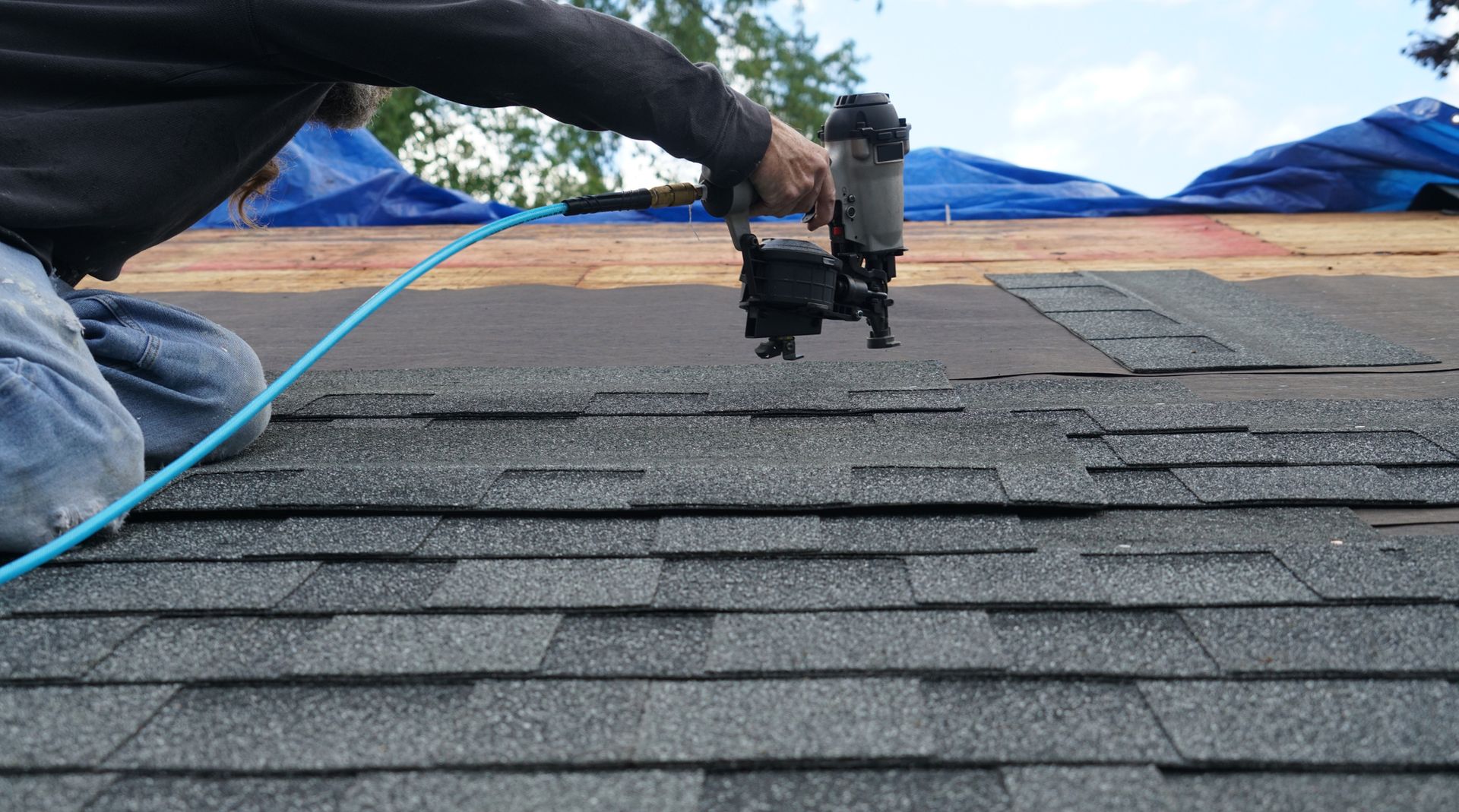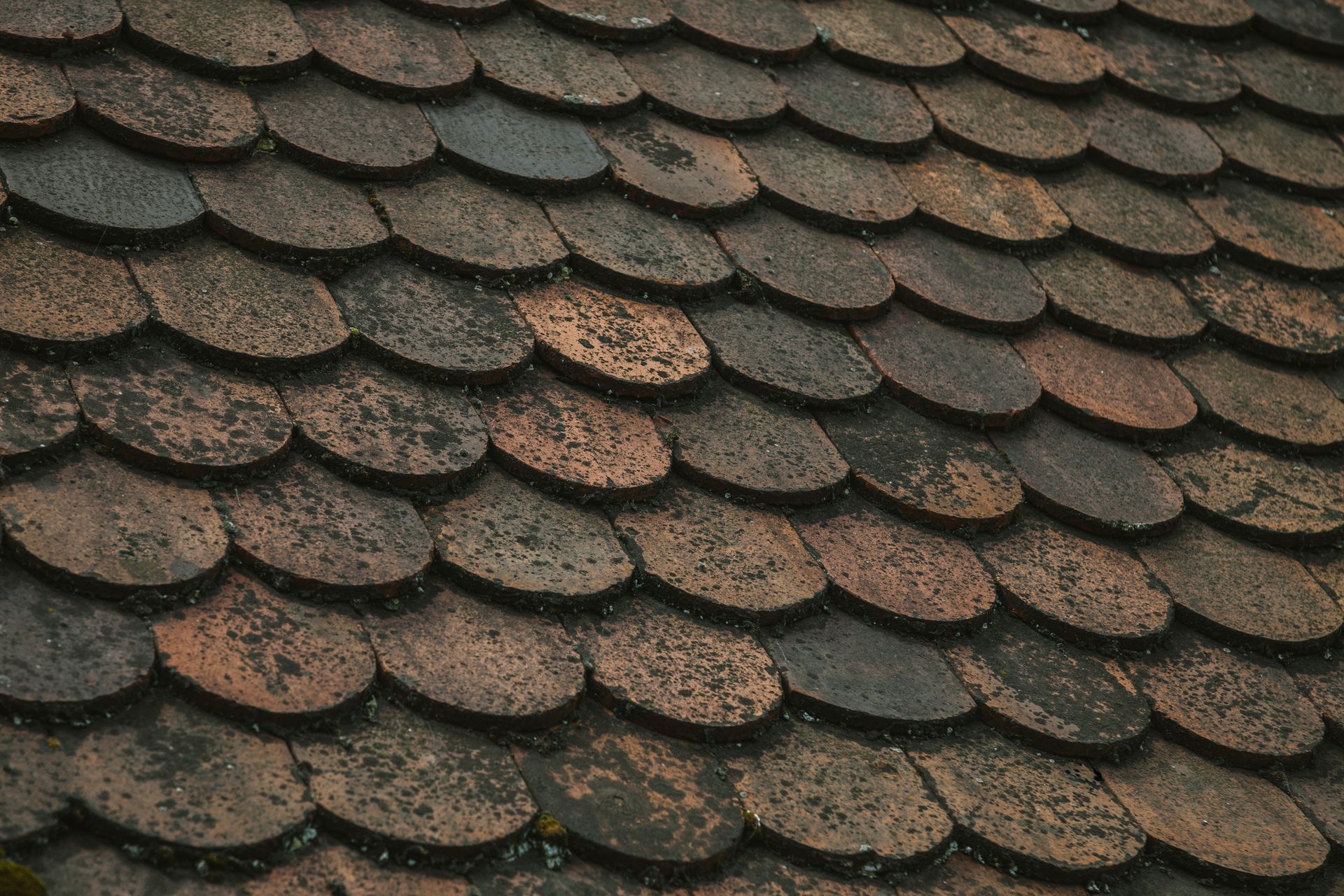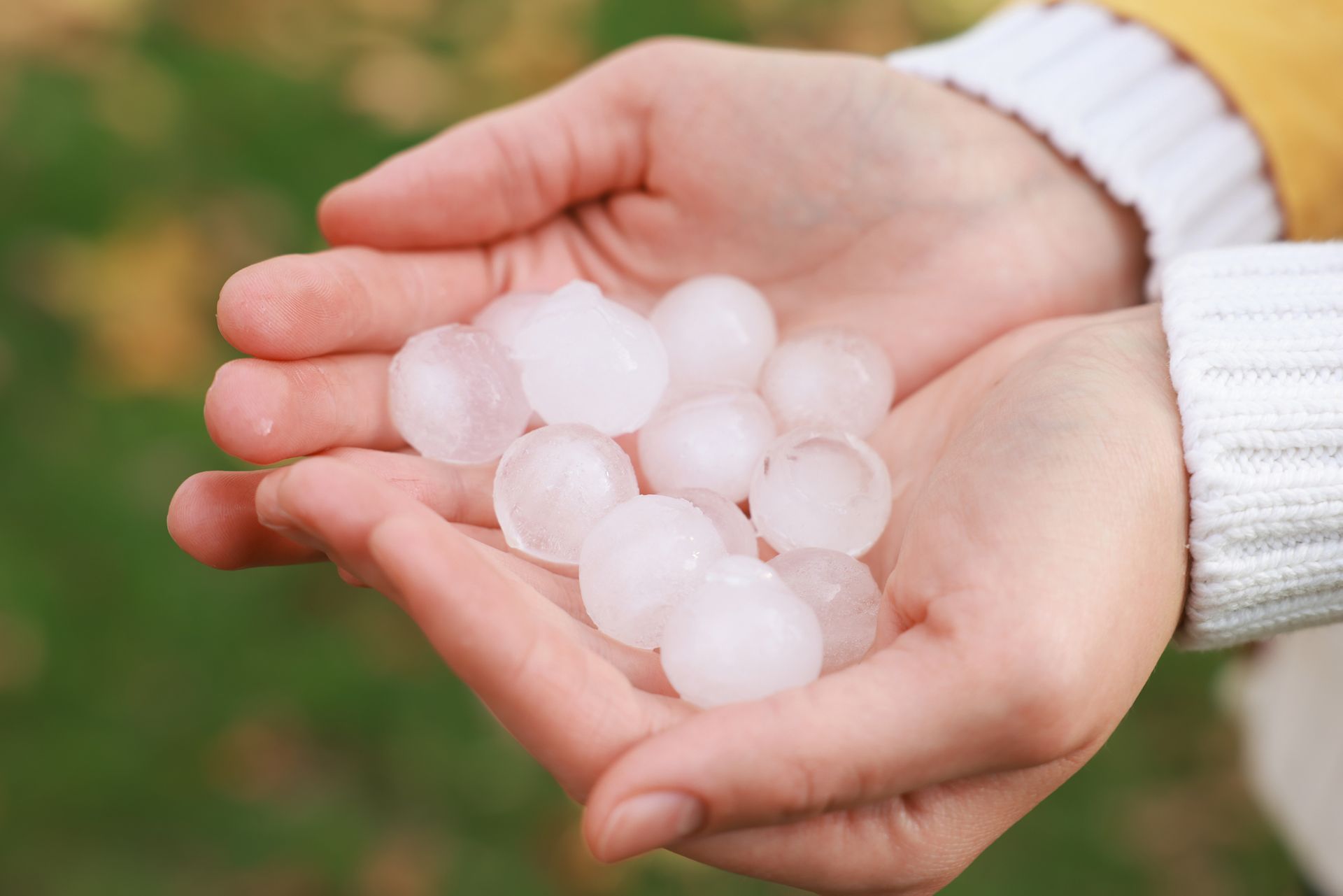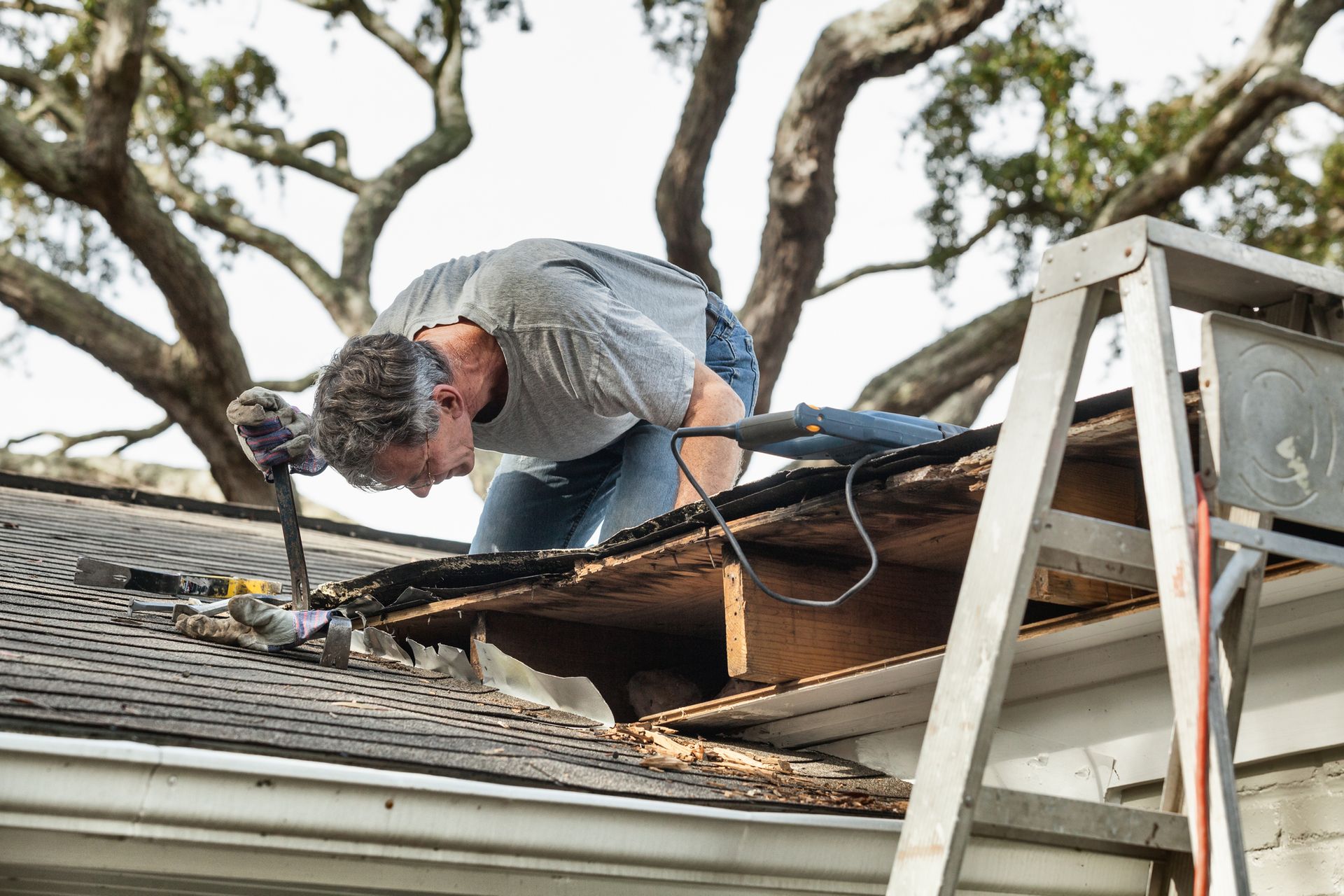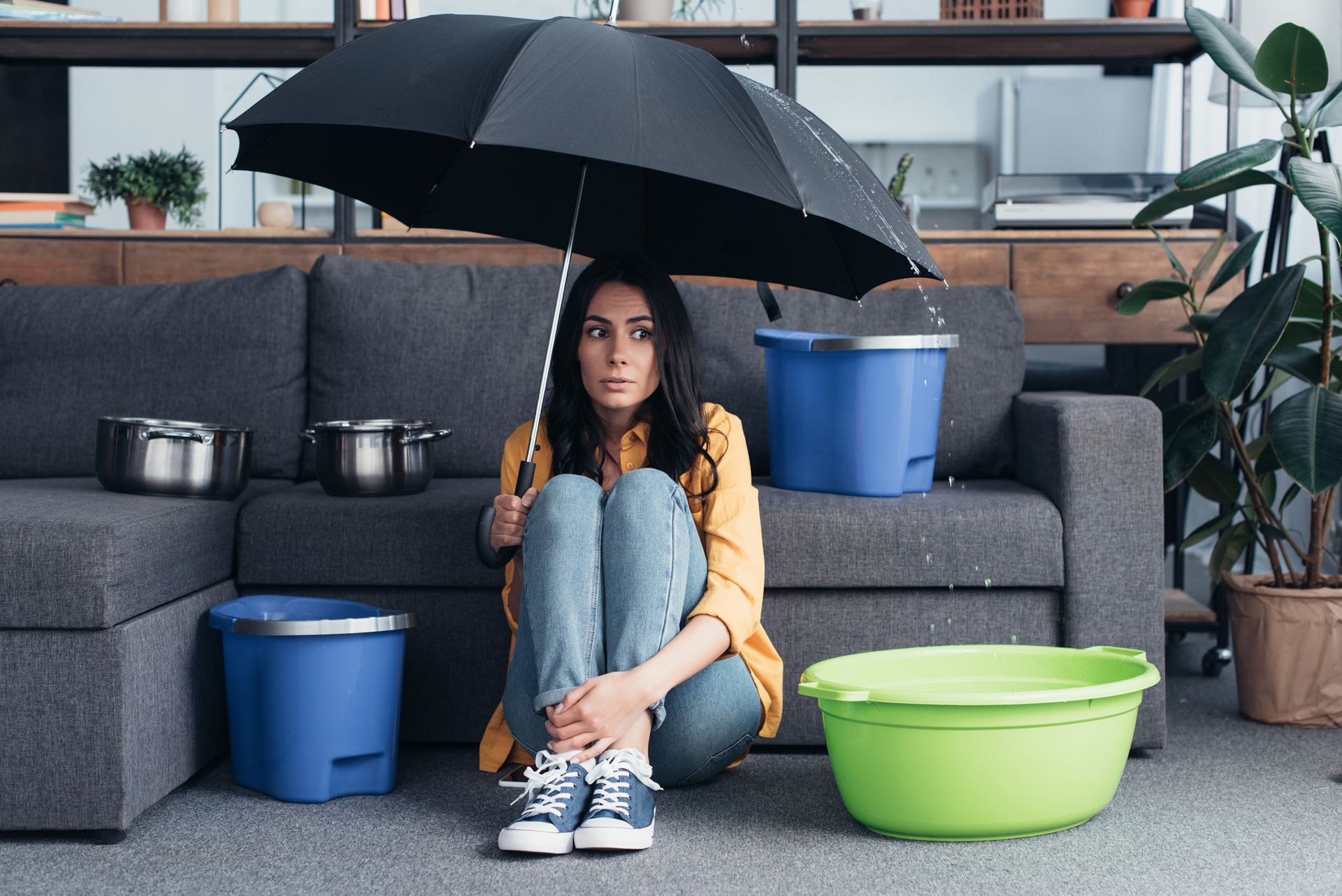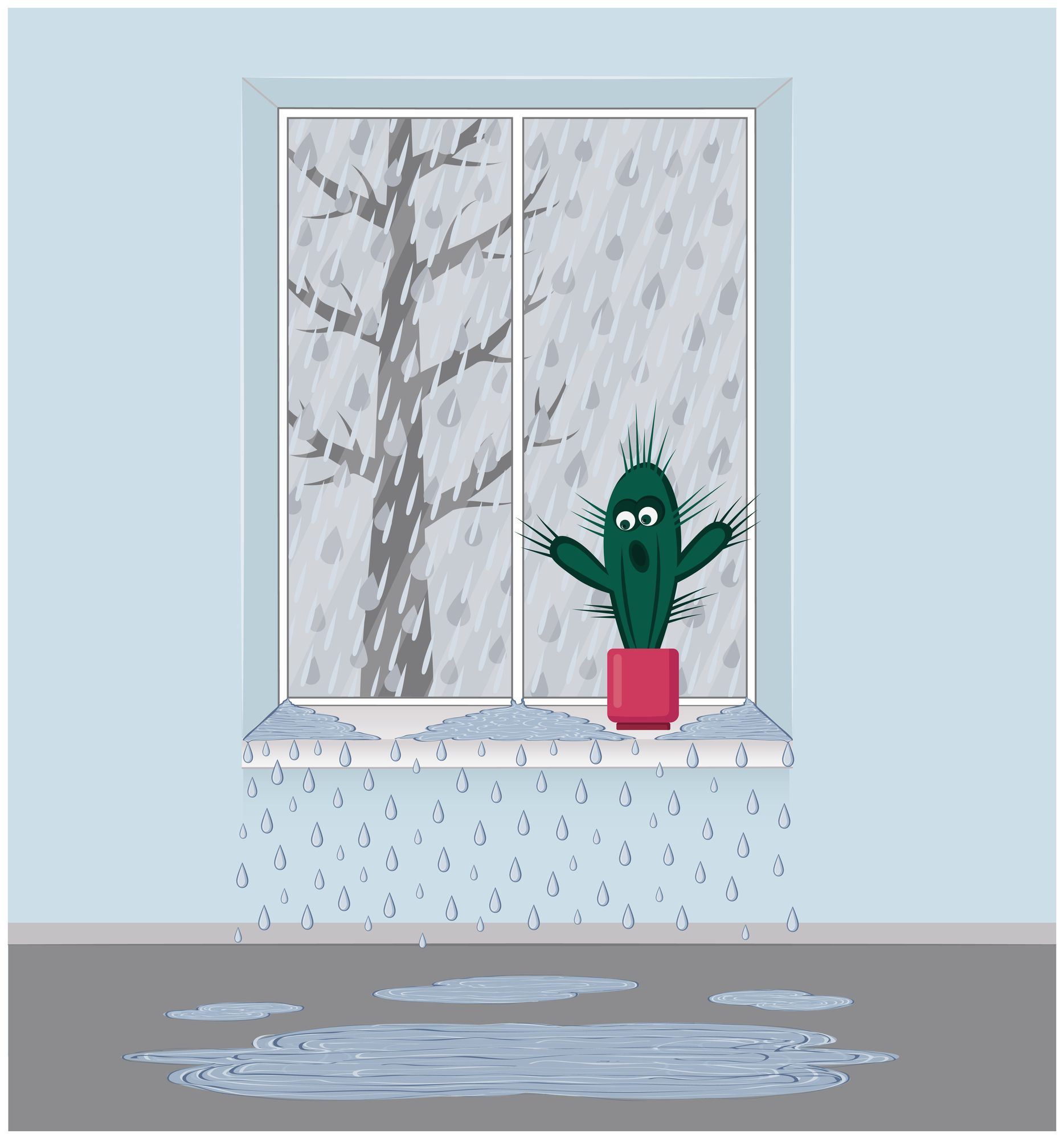Storm Damage- Roof Tarp and Window Board Up Services
Storm Damage- Roof Tarp and Window Board Up Services

"April showers" can refer to much more than just a light drizzle. Spring weather can bring a variety of weather conditions, including severe storms with high winds that can cause significant damage. In contrast, heavy rain can cause both over-the-ground flooding and flooding from streams and rivers.
As a result, severe spring weather could necessitate expensive storm damage repair. As a result, knowing what to do and what not to do after a storm is critical. If you've experienced storm damage of any size, make sure to follow these crucial storm damage restoration tips.
Insurance
- Take pictures of the damage and send them to your insurance company as soon as feasible.
- Unintentional, unplanned damage is frequently covered by homeowners insurance.
- Assume a powerful thunderstorm damaged your roof and caused it to leak. A tree could also fall on your house and harm the roof. In such circumstances, your homeowner's insurance should pay the charges.
- Windstorms and hail may be excluded from some homeowner policies. As a result, damage from certain hazards is not covered by your insurance. Read your policy or speak with your agent to learn about any exclusions in your coverage.
- Flooding induced by natural disasters is also rarely mentioned. This will necessitate the purchase of separate flood insurance, which is offered via The National Flood Insurance Program.
Restoring your home after storm damage
When assessing the property for damage, keep your own safety in mind first and foremost. Watch for downed power lines, electrically charged standing water, and potentially deadly animals.
Plumbing
- Examine your home's pipes from the inside and outdoors (i.e., irrigation systems).
- Switch off the water supply to the toilets and sinks. If required, turn off all water to your home.
- If sewage is backing up in the shower or under the toilet, your main sewer line may be clogged or broken. Don't make matters worse by using other sinks or toilets. Seek expert assistance from a professional.
Roofing
- Check for missing shingles on your roof, but don't risk your life by climbing on it if only a few are gone.
- Make contact with a licensed contractor. They have the essential expertise, skills, and equipment to execute the operation safely and accurately in accordance with a storm damage repair strategy.
- Allow them to do a temporary "repair" to keep the rain from falling until a permanent solution is found.
Electrical
- Disconnect water-damaged appliances from their power source and service them before utilizing them.
- Keep an eye out for frayed wires and sparks.
- If you see structural damage or exposed wiring, call an electrician. There is a risk of electrocution if you do not turn off the electricity.
- Despite the fact that most outdoor breaker boxes are waterproof, they may not be able to withstand a strong storm. If you suspect water has entered the box, call an electrician before turning on the power.
- Metal fences should be avoided at all costs. They could be carrying an electrical charge from a downed or dangling power line. If a limb or tree has fallen on a power line near your home, turn off the power and contact the utility company.
Flooding
- For flooding difficulties, the best course of action is to contact a professional restoration company. We have the necessary equipment, trained employees, and understanding to handle water damage.
- Wear safety equipment such as boots, gloves, eye protection, and a respirator if you decide to do it yourself.
- Remove any standing water to aid in the mitigation of the damage.
- Remove any standing water with a pump or a squeegee.
- Use a vacuum only if it is a true wet-dry vacuum.
- Remove any absorbent materials that have been contaminated by floodwater (carpeting, carpet padding, furniture, drapes, etc.).
- Use air movers and dehumidifiers to dry up the area.
- If floodwaters have drowned medicines, cosmetics, and groceries, particularly canned goods, dispose of them.
- Look for hidden dampness beneath the wallboards and remove any damaged sections to avoid mold.
- Floors and cabinets should be washed with detergent and disinfected with a disinfectant purchased at a supermarket or hardware shop.
- Keep a photographic (or video) inventory of everything you intend to discard.
If your property has been damaged by spring storms, contact Roof Tarp and Board Up Services to assist keep your home safe until you can get those problems fixed permanently.



